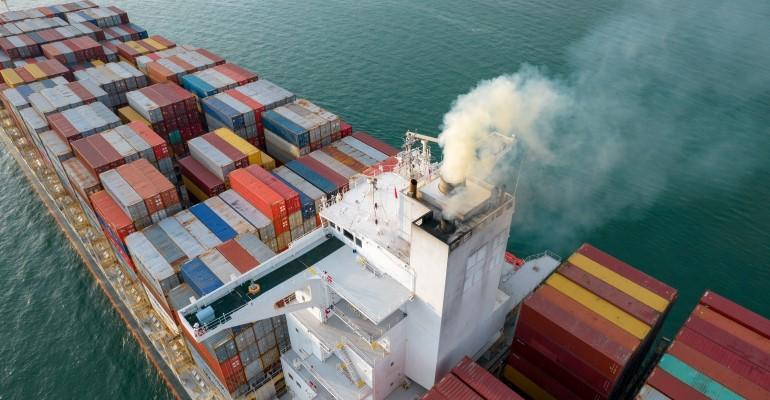The European Union’s regulatory bodies have reached agreement on new regulations to cut greenhouse gas emissions (GHG) from ships trading in, to, and from its ports. The Fuel EU Maritime regulation is likely to enter force in 2025 but shipowners and operators will have to make preparations long before then.
The European Parliament, the Council of the European Union, and the European Commission have reached agreement on the new regulations. They will mean that from January 2025, ships trading within or calling at ports in the European Union and the European Economic Area (EEA), which includes Iceland and Norway, will be subject to new GHG regulations that tighten steadily from 2025 in five-yearly increments until 2050.
From 2025, the annual average GHG intensity, measured in grams of carbon dioxide equivalent per megajoule, will need to be below a certain level, measured on a well-to-wake basis. This will therefore include fuel extraction, production and transport. The GHG intensity requirements are set as a percentage reduction relative to a reference value of 91.16 gCO2e/MJ. The reduction requirement increases from an initial 2% between 2025 and 2030, to 6% between 2030 and 2035, and14.5%, 31%, 62% and 80% in the five-year periods thereafter until mid-century.
The regulations, though agreed, have not been adopted but are likely to enter force later this year. The timing is important: the IMO’s MEPC 80 – viewed by many as a crunch meeting – will take place in July. It is hoped that those countries which have held back on tightening emission regulations can be brought on board at the London meeting. However, this is a major challenge given that the IMO has 175 member states and takes decisions on the basis of consensus.
The regulations will cover a range of operational issues, including the adoption of shore power from 2030, and the use of renewable fuels. They will apply to ships of more than 5,000 gross tons or more, carrying cargo or passengers, as set out in the present monitoring, reporting and verification (MRV) requirements.
Ships that fail to comply will be penalised and, again, the levels will increase steadily over the 25-year period. Funds raised from the penalties are to be used to develop and distribute low-carbon and renewable fuels over the period.
For those owners and operators likely to be affected by the new regulations, doing nothing is not an option, according to experts. Companies that have not already done so should implement robust monitoring, reporting and verification systems as soon as possible as well as weighing up the costs and benefits of different GHG-reducing strategies.
Meanwhile, the outcome of MEPC 80 could determine whether a range of similar, but different, measures to those of the European Union are introduced unilaterally in other regions. Experts believe that if the MEPC fails to strengthen its present GHG-reducing targets, nations will take matters into their own hands, creating a possible operational nightmare for owners whose ships trade worldwide.
Copyright © 2024. All rights reserved. Seatrade, a trading name of Informa Markets (UK) Limited.
Add Seatrade Maritime News to your Google News feed.  |

